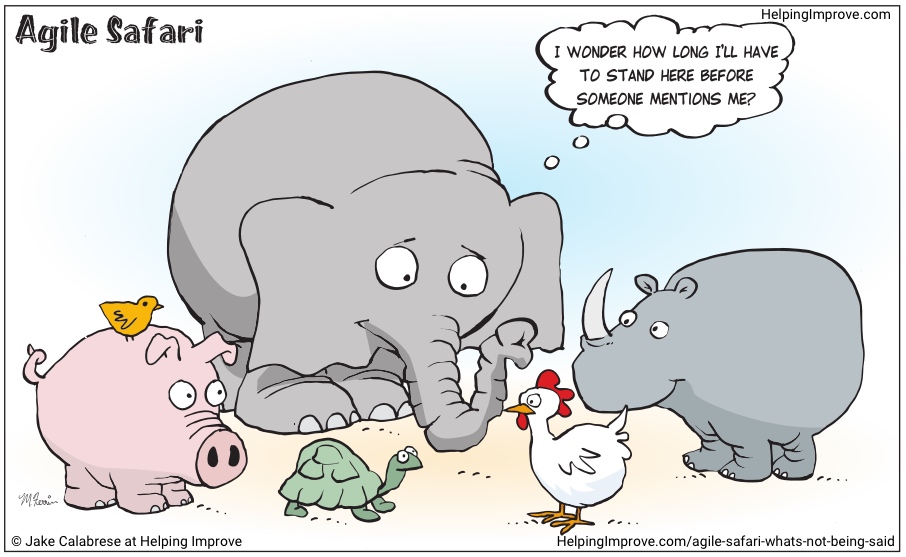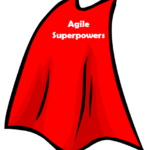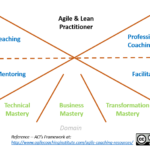Agile coaching means different things to different people, and I often find myself in conversations about what it really is. To help clarify and share my perspective, I’ve put together key insights based on these discussions. 
What is an Effective Organization?
An effective organization consistently delivers value to customers in a way that retains the great people it has over the long term. It aligns its decisions and actions with its purpose and goals, fosters innovation, adapts to change, ensures financial sustainability, and operates sustainably to remain competitive and impactful. These elements are key to long-term success, though how they take shape depends on the organization’s unique context and challenges.
What is Agile Coaching?
An agile coach helps individuals, teams, and organizations cultivate an effective organization by utilizing agile, lean, and agility. They use a variety of approaches, tools, skills, and competencies to guide clients in aligning their decisions and actions with their own goals while building the capabilities needed for long-term success. Agile coaching is not about agility for its own sake—it’s about using agility to drive real business outcomes, such as customer value, financial sustainability, innovation, and organizational resilience, by creating an environment where people can engage, deliver, and thrive over the long term. A truly effective organization balances financial sustainability with an environment that enables people to do their best work.
Continue Reading→











